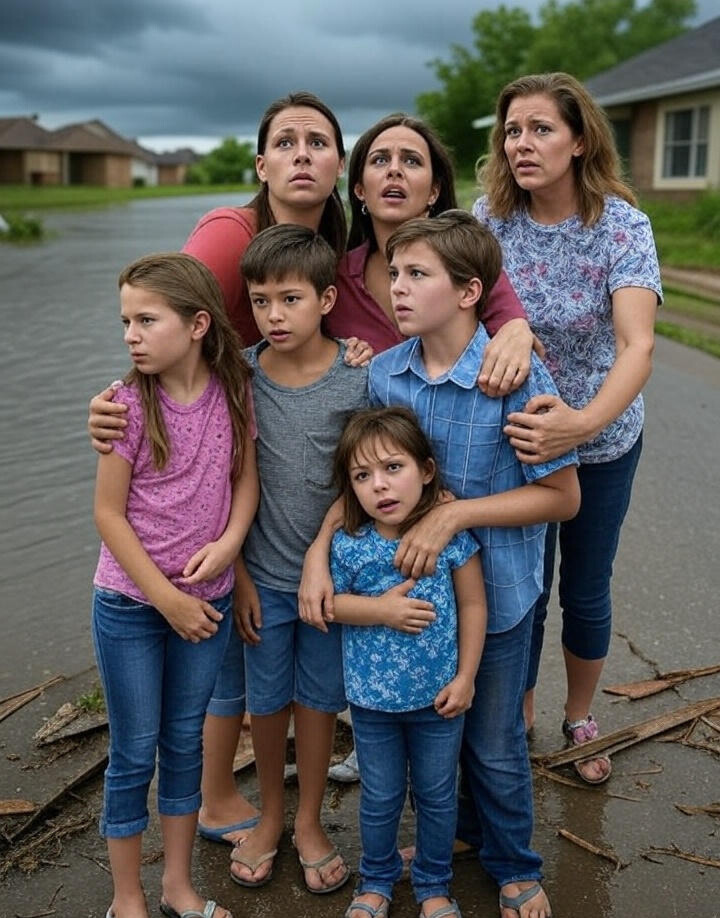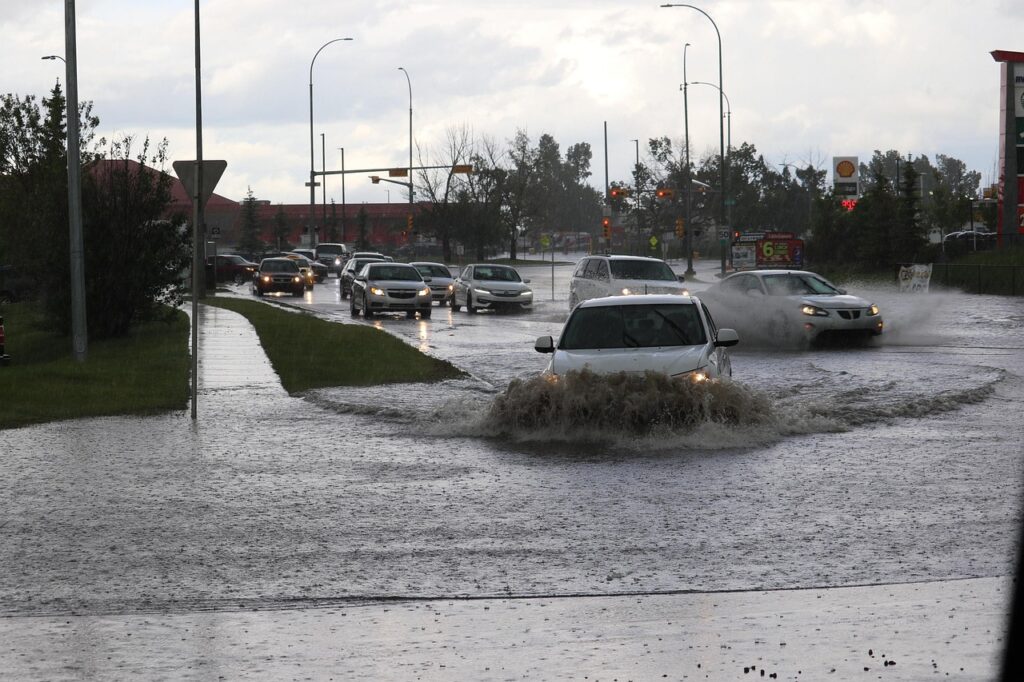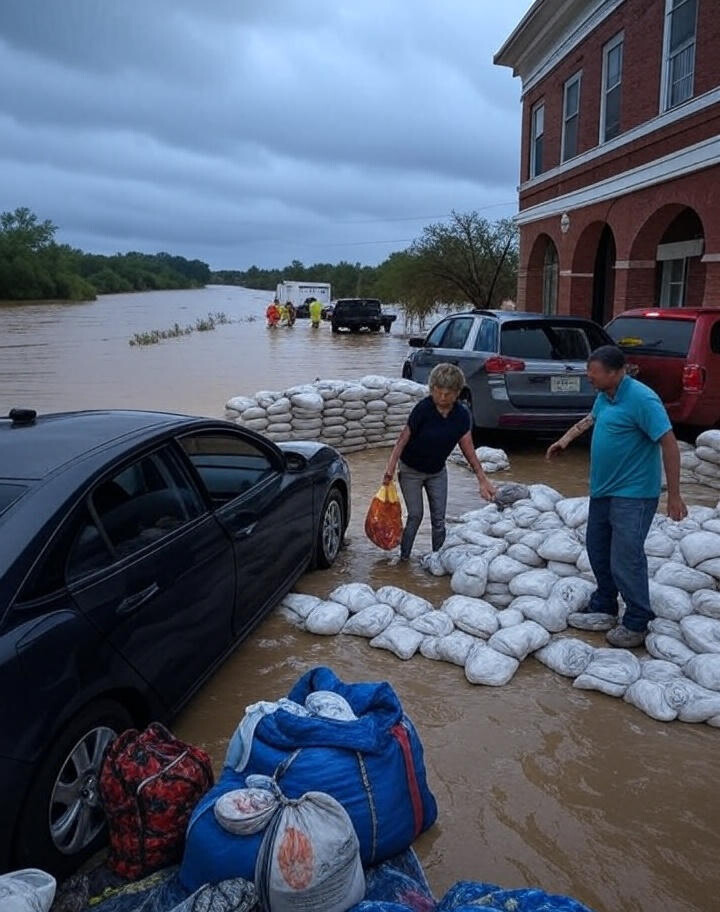Flash Flood Devastation & Current Threat
Central Texas’s Hill Country—known as “Flash Flood Alley”—was hit by catastrophic flash floods over the Fourth of July weekend, texas flood claiming over 120 lives and leaving more than 160 people missing, including campers and counselors from Camp Mystic on the Guadalupe River (The Guardian). In some areas, up to 6.5 inches of rain fell in just three hours, overwhelming rivers, homes, and infrastructure (The Guardian).
Despite a temporary pause, new flash flood warnings have been issued as heavy rainfall continues, with some counties seeing up to 12 inches more rain and warning systems sounding urgent alerts (Chron). Rivers such as the Guadalupe and San Saba have surged past major flood stages, prompting evacuations south of the San Saba River, with residents relocated to civic centers (KSAT).
Emergency Response & Evacuations
Local authorities, including the Texas Task Force One and Parks & Wildlife, are conducting swift water rescues and evacuation operations in several counties—Kerr, Lampasas, Menard, Sutton, Kimble, and San Saba (Chron). In San Saba County, the river crested at 34 feet, a level not seen since the 1930s, quickly damaging 50–100 homes (25 News KXXV and KRHD).

Criticism of Federal Response
Critics say FEMA’s response was hampered by new budget rules instituted by Homeland Security Secretary Kristi Noem. A June memo requiring her approval for any FEMA expenditure over $100,000 is blamed for delaying deployment of federal rescue teams until Monday—more than 72 hours after the floods began (Reuters). FEMA also lost around 2,000 staffers by mid-May, aggravating its reduced capacity (Reuters).
Internal documents and reports reveal contract lapses for call centers and IT support, leaving thousands of distress calls from flood victims unanswered until July 10 (Reuters). Critics argue these breakdowns in emergency communication and resource deployment increased loss of life.
Official Defense & Political Repercussions
Secretary Noem defended FEMA’s efforts, asserting DHS deployed resources “within hours” and dismissed critical reporting as politically motivated (Reuters). She argued that her reforms would create a leaner, state‑empowered FEMA .
President Trump, who signed the Major Disaster Declaration on July 6 after Governor Abbott’s request, toured Kerrville and pledged “full federal recovery assistance,” praising local officials while attacking critics (Statesman).
Broader Concerns & Climate Context
Experts note that such deadly flash floods are growing more common and severe due to climate change. Texas leads the nation in flood-related deaths, and federal budget cuts to agencies like FEMA and NOAA have weakened early-warning systems (People.com).
This disaster has intensified debate over—
- whether rapid, “no‑notice” flash floods can be effectively forecasted and mitigated, and
- the impact of federal downsizing and bureaucratic hurdles on emergency readiness (The Guardian, GovFacts).

What Happens Next
- Evacuations are ongoing for flood-prone zones near the San Saba and Guadalupe Rivers (KSAT).
- Search and rescue efforts continue despite dangerous new weather, though some have been paused amid worsening conditions (Chron).
- Call for accountability: Congressional Democrats are demanding investigations into FEMA and NWS staffing and response failure (Statesman).
In summary, Central Texas faces a renewed flood threat just days after a devastating event that took well over 120 lives. While local responders and evacuees brace for more rain, criticism mounts over the federal response—underlining the urgent need to address climate vulnerability, federal readiness, and effective disaster alert systems.

